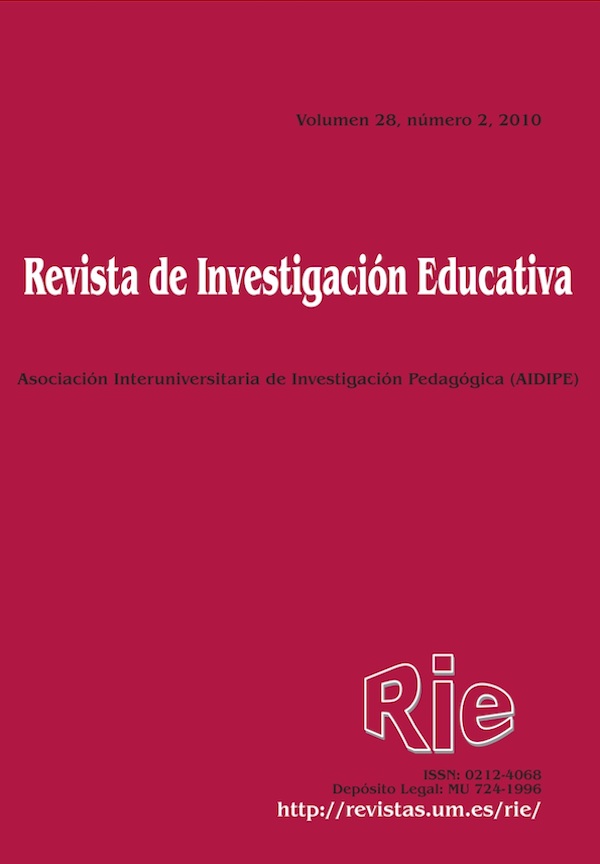Continuous evaluation: knowledge vs. Competences. Comparative analysis of students’ results with two different assessment systems
Abstract
The aim of this article is to compare the effects of changes in the teaching methodology and in the assessment system on overall student performance evaluations. The previous assessment system was a continuous assessment and the new method applied is a formative method in competences, which is closer to a formative process. Thus, based on the experience and results of the past seven years in the subject of Financial Systems, a fourth-year subject in the Economics and Business Administration degree program, we get to the conclusion that the closer assessment systems are, the more similar student results (marks) become. Besides, the pass mark (mark between 5 – 6.5 over 10) is the most frequent grade in the competences assessment system and, at the same time, class attendance becomes more necessary to pass the subject in this assessment system. Finally, we have observed that students are more pleased when teaching methodology assesses competences and not only knowledge.Downloads
-
Abstract1027
-
PDF (Español (España))847
The articles and scientific documents published in RIE abide the following conditions:
1. The Servicio de Publicaciones de la Universidad de Murcia (the publisher) has the property rights (copyright) of all the documents published and allows the reuse under the user’s license indicated in point 2.
2. All documents are published in the digital edition of RIE under a Creative Commons Reconocimiento-NoComercial-SinObraDerivada 4.0 Internacional. (legal document) license. These documents can be copied, used, distributed, communicated and explained publicly if: i) the author(s) and its original source of publishing (magazine, publisher and URL of the document) are cited; ii) it is not used for commercial purpose; iii) the existence and the specifications about this license are mentioned.
3. Auto-archive’s conditions. The authors are allowed and encouraged to digitally distribute the pre-print versions (a version before evaluation) and/or post-print (a version that it is already evaluated and accepted to its publication). This promotes circulation and distribution earlier and can increase the citations and significance within the academic community.









